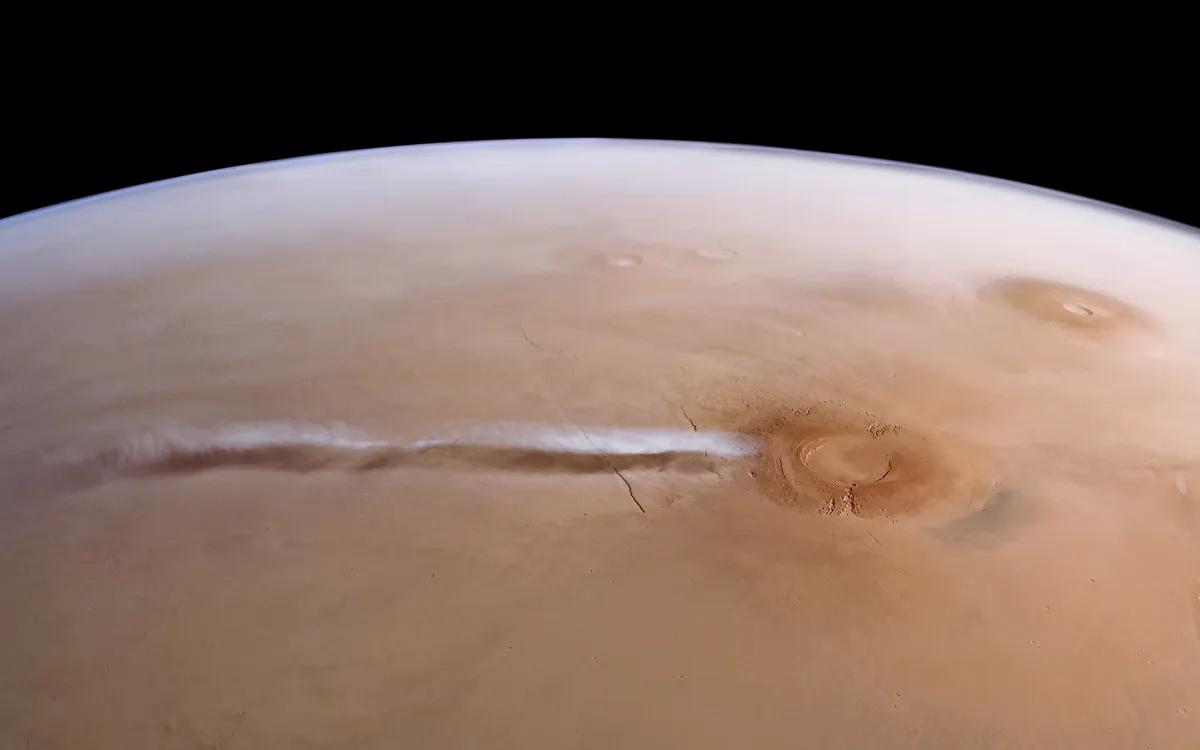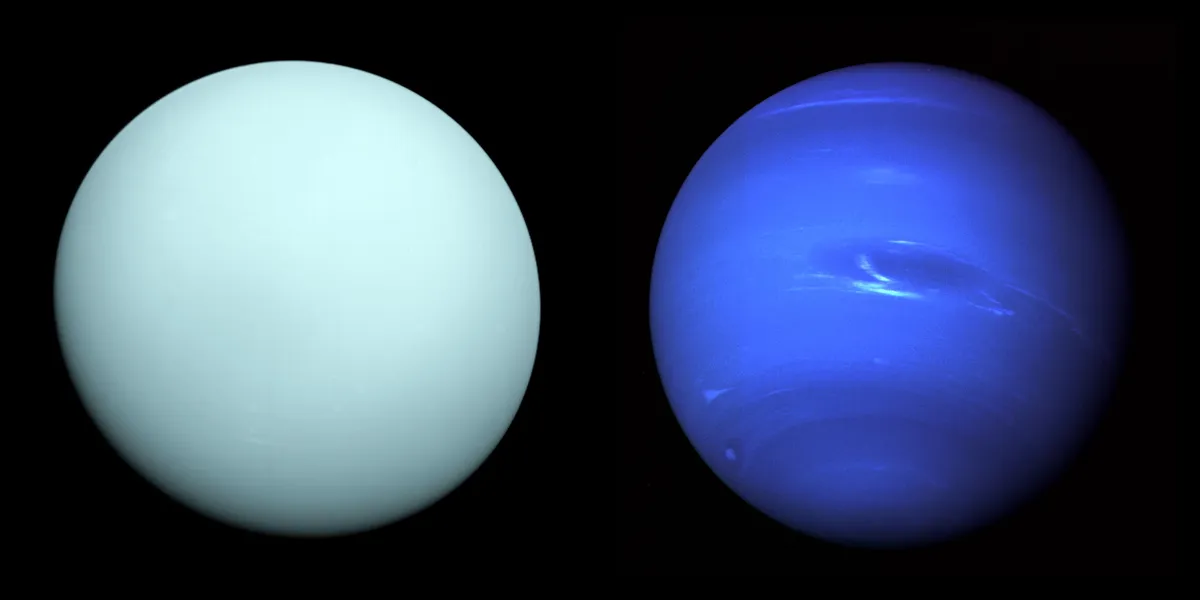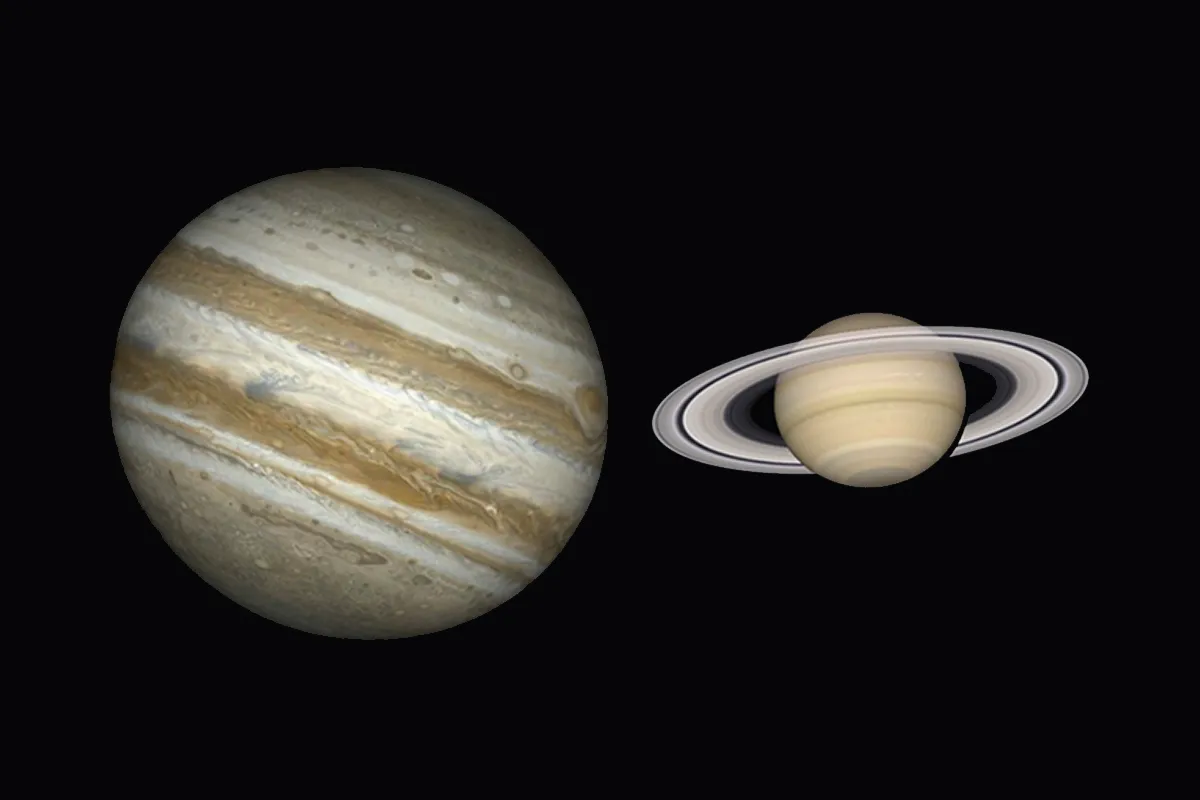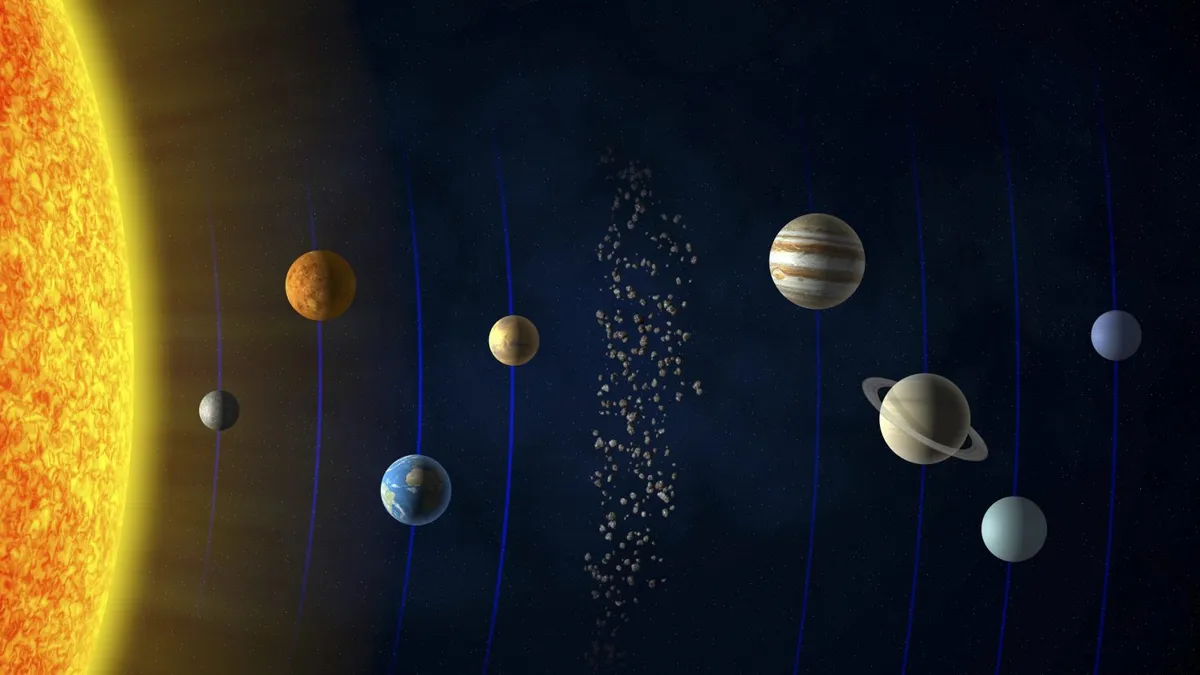We know the Solar System formed about 4.5 billion years ago from a disc of dense gas and dust swirling around the proto-Sun.
The gas giant planets formed rapidly in the cooler, outer region of this protoplanetary disc, while the rocky inner planets finished accreting sometime later.
Read more

What has become increasingly clear over recent years is that the initial configuration of the primordial Solar System was very different, and at some point the gas giant planets shifted and migrated into their current orbits.
This period of ‘dynamic instability’ would have been hugely disruptive.
For example, the current best-supported model argues that our planetary system actually formed with one or two additional ice giants (alongside Uranus and Neptune) that were subsequently ejected out of the Solar System.

But we still seem to be missing something important in our understanding of the formation of the planets.
Many models commonly produce a fourth planet that is about 10 times more massive than Mars, and also a massive planet in the asteroid belt.
There’s clearly something wrong here.
Matthew Clement at the Carnegie Institution for Science, Washington, DC, and his colleagues argue that the important detail is when this dynamic instability arose.
Over the past few years they have performed a series of studies that indicate the Solar System was thrown into turmoil very early in its history.
Clement’s models work with Jupiter and Saturn going on the rampage within the first 100 million years after the Sun’s birth and even before the final assembly of the rocky inner planets.

In one study they ran some updated computer models of this early instability scenario for the formation of the planets.
They focussed on how sensitive the outcome for Earth and Mars is to shifts in Jupiter and Saturn’s orbits.
They found that such an early instability in the orbital architecture of their modelled Solar Systems invariably truncated the terrestrial disc beyond the Earth-forming region.
This stunted the growth of Mars, producing a planet much like the one we find.
The early instability also prevented the formation of a large planet between Mars and Jupiter, leaving a suitably depleted asteroid belt.

What’s more, in many of Clement’s model Solar Systems, the simulated Earth ended up colliding with another massive protoplanet – just as is believed to have happened to form the Moon.
Clement stresses, however, that this is by no means the final word on how the Solar System was originally formed.
These updated models explain a lot that was previously problematic, but they leave some unanswered questions.
For example, these models still struggle to reproduce the low orbital eccentricities of Earth and Venus.
The creation of an innermost planet like Mercury is also difficult. These shortcomings, says Clement, are outstanding problems that future planet formation studies will need to resolve.
Lewis Dartnell was reading The Early Instability Scenario: Mars’ Mass Explained by Jupiter’s Orbit by Matthew S Clement et al. Read it online at arxiv.org.
This article originally appeared in the September 2021 issue of BBC Sky at Night Magazine.

